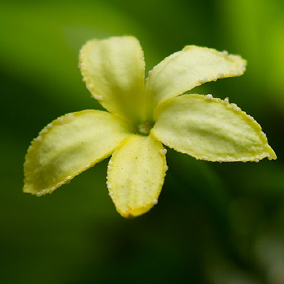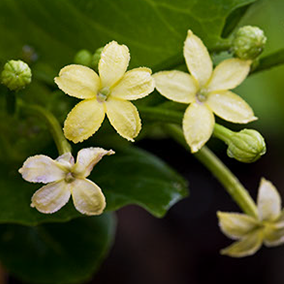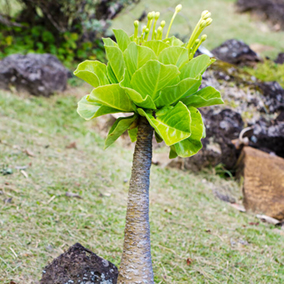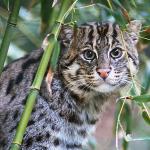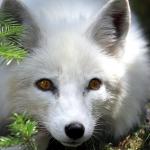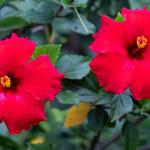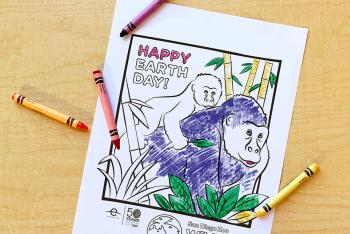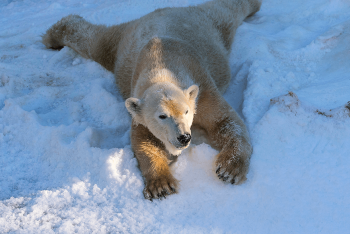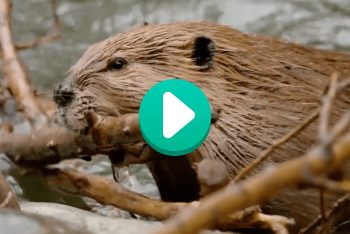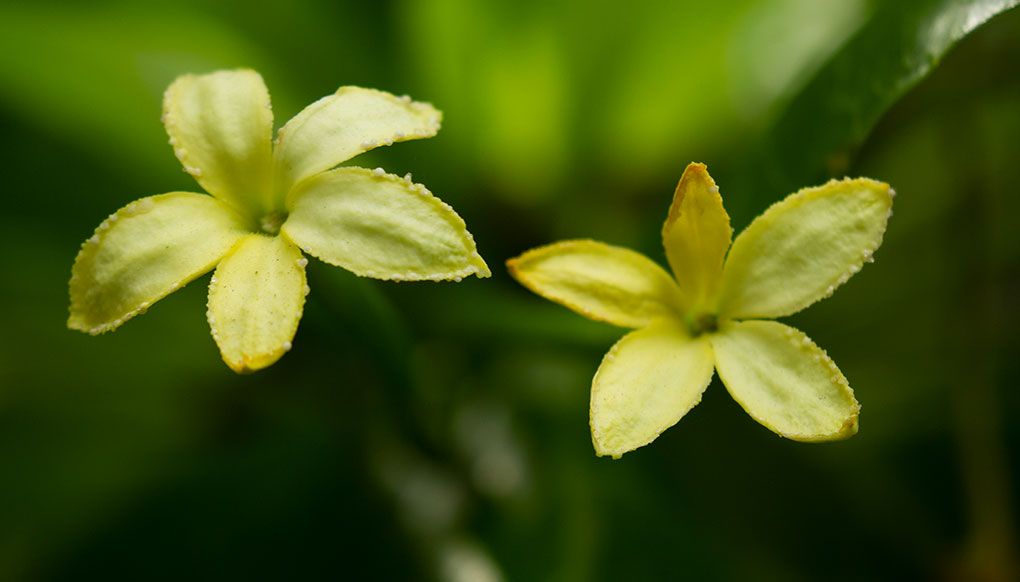
Alula
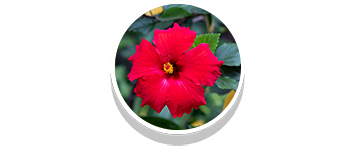
Plants


Endangered
facts
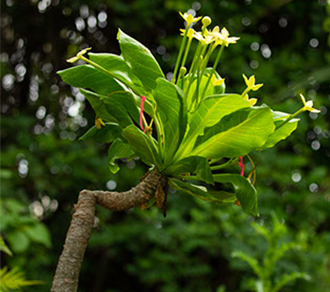

description
Extinct in the wild
For one thing, plants that aren’t native to Hawaii were a problem. After people planted them, these invasive plants grew faster and took over the habitat. People brought goats and pigs to the islands, too. They eat plants, and that was bad news for the alula. These are problems we must solve before reintroducing alula to its island home.
Pollinator problem
The biggest problem for the alula was pollination. Its yellow petals are fused to form a six-inch tube. To make a seed, pollen must get all the way to the base of the tall flower-tube. The only long-tongued pollinator that could get it there was a single type of moth that is now extinct. These flowers don’t self-pollinate, so no moth pollinator meant no seeds. No seeds meant no seedling plants. Recently, the last alula in its native habitat died.
Cliffhanger
Today, this unusual plant owes its survival to some dedicated botanists. When they saw the plants disappearing, they scrambled down steep cliffs to gather pollen and hand-pollinate the last remaining plants. Later, they returned to collect seeds. They grew some of the seeds in a greenhouse and shared some with other botanic gardens around the world. Today, you can see alula plants in botanic gardens—and even buy seeds to grow one of your own.

